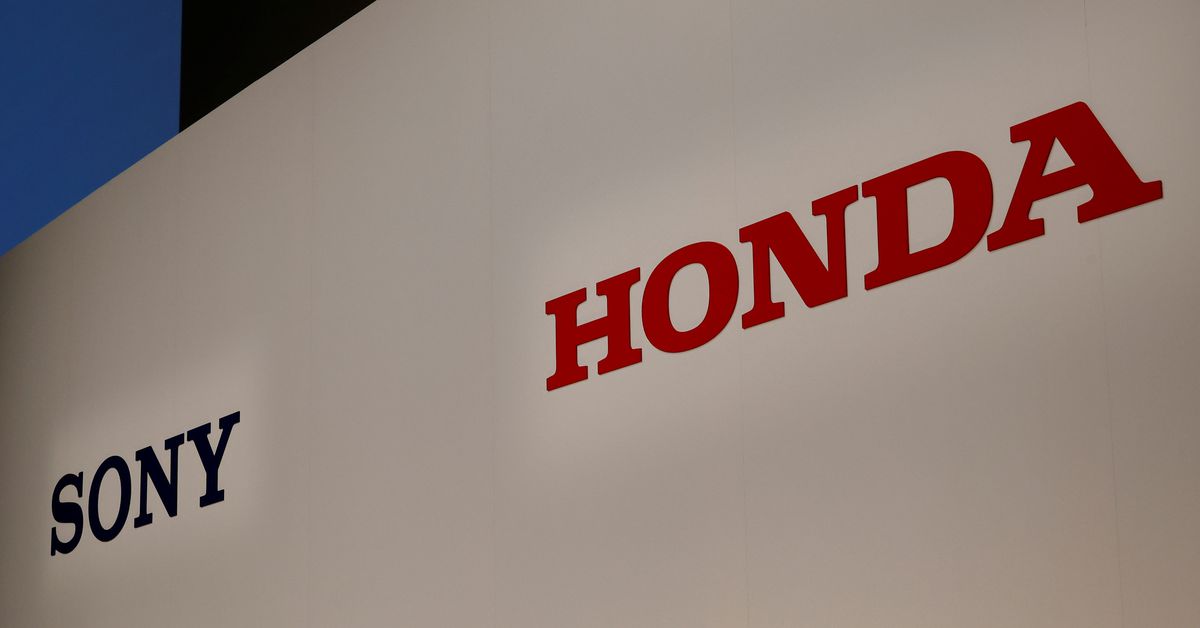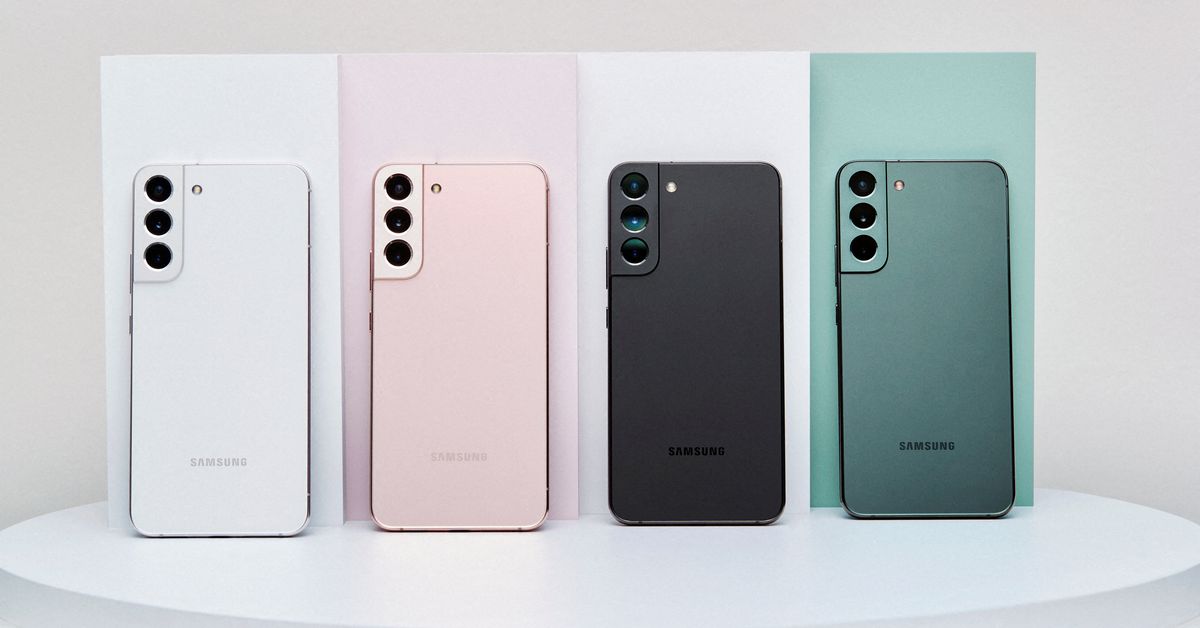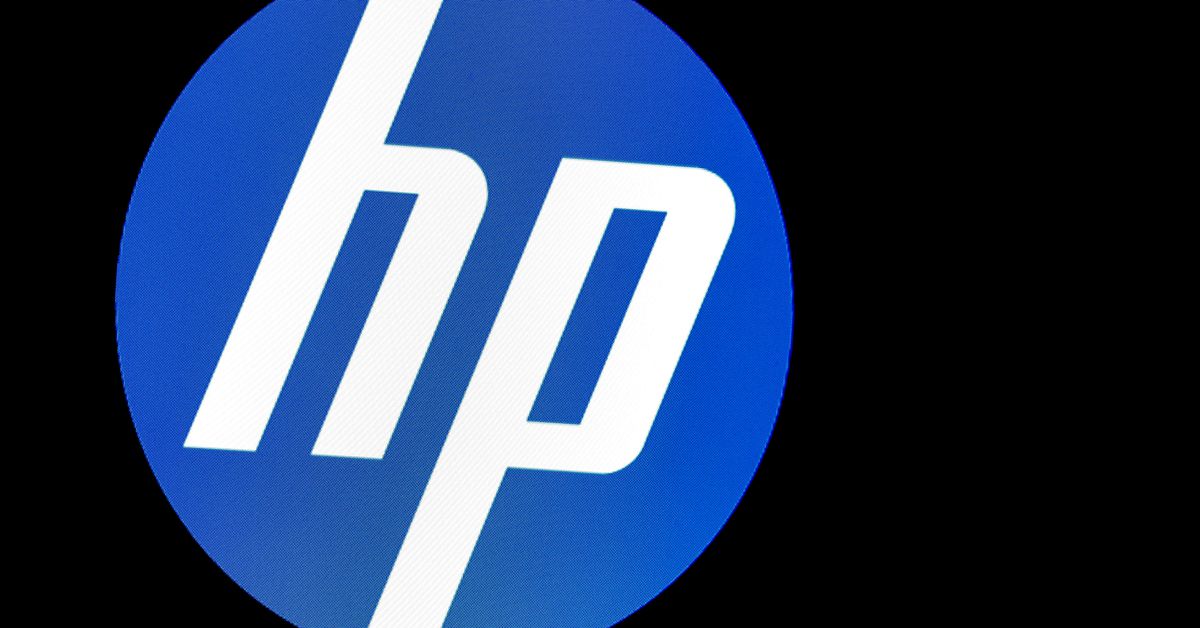TOKYO, Oct 13 (Reuters) – A joint venture set up by Japan’s Sony Group Corp (6758.T) and Honda Motor (7267.T) is aiming to deliver its first electric vehicles by 2026 and will sell them online, starting in the United States and Japan.The new EV will also be priced at a premium, offering a new software system developed by Sony that would open the way to recurring revenue from entertainment and other services that would be billed monthly, the companies said.The update from the joint venture, Sony Honda Mobility, is the first since the two companies launched the project in June.Register now for FREE unlimited access to Reuters.comKey details, including pricing, battery range and even the platform for the new vehicle have not been determined, but representatives of the new company detailed a vision for a vehicle that would function almost like a rolling smartphone.Sony will provide the software system for the new car, from the onboard controllers to cloud-based services that will connect with entertainment and payment systems.It will also provide sensors and other technology for a Level 3 autonomous drive system that will allow for drivers to pay more attention to the content and software services that will be offered.In Level 3 systems, also known as limited self-driving automation, drivers can ride without watching the road or handling the wheel on highway driving but need to be ready to take back control.Tesla (TSLA.O), General Motors(GM.N), Ford Motor Co (F.N) and Mercedes Benz(MBGn.DE) all offer some form of hands-free driving assist systems.“As safe driving technology will continue to evolve and the amount of concentration required to drive will be reduced, we should consider new ways to enjoy and spend time in the cabin space as a whole,” said Izumi Kawanishi, the joint venture’s president and executive at Sony.Honda will decide on the platform that the new vehicle will use and details like the battery supplier. The still-to-be named EV will likely be manufactured by Honda at one of its plants in Ohio.Honda, like its bigger rival Toyota Motor (7203.T), has been slow to shift its fleet to electric. It has also struggled over the years to make gains in the luxury vehicle market with its Acura brand.Yasuhide Mizuno, the joint venture’s chairman and chief executive, and a senior Honda executive, said the project was important for Honda to develop a “longer-term relationship” with its car buyers as the vehicle shifts to become more of a connected device.Mizuno said Honda believed that 2025 would be a crucial year in the shift toward EVs in the U.S. market and that the joint-venture believed it had to hit that opening even though it means a compressed development cycle for the new EV.The new EV will be delivered to the Japanese market in the second half of 2026. The two companies are considering a launch for Europe, but no plan has been set. Orders for the new EV should open in 2025, the companies said.($1 = 146.8300 yen)Register now for FREE unlimited access to Reuters.comReporting by Satoshi Sugiyama; Editing by Ana Nicolaci da CostaOur Standards: The Thomson Reuters Trust Principles. .
Analysis: Samsung’s reputation hit as prices slashed at home for new premium phone
SEOUL, April 8 (Reuters) – Samsung Electronics’ (005930.KS) flagship Galaxy S22 smartphone has taken a battering from reports of hobbled performance and has seen its price halved at home in South Korea just weeks since its launch, hurting its image as an iPhone rival.Consumers have complained – and even filed a class-action lawsuit – about the handset maker advertising what it called its most powerful smartphone yet with scant detail about performance management software that they say drastically slows the premium device when using processor-intensive applications.Such are the complaints that the Korea Fair Trade Commission last month began investigating the world’s biggest phone vendor.Register now for FREE unlimited access to Reuters.comThe controversy represents a blow to Samsung’s reputation for high-end handsets – and potentially its finances – as it tries to make up for two years of premium sales that missed analyst estimates and reverse a decline in market share.”The dispute will inevitably be a big hit to Samsung’s credibility,” said analyst Lee Seung-woo at Eugene Investment & Securities.At the heart of complaints is Samsung’s Game Optimising Service (GOS) which manages device performance during gaming to prevent overheating and preserve battery life. The manufacturer introduced the software in 2016, just months before it pulled its premium Galaxy Note 7 following a series of battery fires.GOS automatically limits handset performance during gaming but also during use of other performance-intense applications, said Geekbench, a widely used performance scorer, which found the software slowed the S22’s processor by as much as 46%.The extent to which GOS slows the S22, lack of details about the software in marketing materials, and the inability to disable it set social media alight.”This is an unprecedented, crazy issue that can’t be excused in any way,” ITSub, a YouTuber with 2.1 million subscribers who specialises in gadgets, said in a YouTube post.Samsung said it issued an update to allow users to disable the software with no risk to safety. It also said it would continue to invest to innovate in both hardware and software.PRICE DROPThe S22 series hit sales of 1 million handsets in South Korea within six weeks of release, reaching the mark two weeks faster than its predecessor, Samsung said.”The intentional performance downgrade surely had a negative effect, but its actual impact on Samsung’s sales seems limited. Data shows that sales are not much affected,” said analyst Kim Ji-san at Kiwoom Securities.Still, South Korea’s three major telecom providers have nearly doubled subsidies for the S22, pushing its price as low as 549,000 won ($451) from a launch of 999,000 won. Apple Inc’s (AAPL.O) iPhone 13, released in October, starts at 1,090,000 won with carriers offering smaller subsidies of around 150,000 won.”When subsidies go up simultaneously at all three telcos, it’s typically the manufacturer making up the contributions,” said an official at carrier LG Uplus Corp (032640.KS), declining to be identified due to the sensitivity of the matter.Samsung’s 2021 market share in devices over $400 shrank 3 percentage points to 17% from a year prior, while Apple’s rose 5 percentage points to 60%, showed data from market researcher Counterpoint. The data also showed sales of both the S20 and S21 fell short of the S series’ first-year norm of 30 million units.Early shipments of the S22, launched late February, indicate Samsung will move over 6 million handsets by March-end, broadly in line with expectations, said Counterpoint Associate Director Sujeong Lim.Still, Lee at Eugene Investment & Securities, expects the GOS furore to combine with increased component costs to leave April-June operating profit at Samsung’s mobile arm at 3 trillion won, down from a previous forecast of 3.4 trillion won.IBK Investment & Securities analyst Kim Un-ho also downgraded his forecast to 3 trillion won from 3.5 trillion won.Samsung on Thursday said it expects to report an estimated 50% jump in overall January-March operating profit on April 28, as demand for its memory chips remained solid. read more SPEED LIMITTeardowns of the lowest-priced S22 showed the handset lacked a cooling component called a vapour chamber, implying increased reliance on software to manage overheating, reviewers said.Analysts said the lean toward software solutions stems from a renewed policy to cut costs – a strategy they said erodes a reputation as an innovator based on hardware strength.Lee said Samsung “is putting too much emphasis on cutting costs, which led to this unfortunate case.”One consequence of the switch is a class-action lawsuit from 1,885 consumers arguing Samsung’s marketing inflates the S22’s performance.”If Porsche has a speed limit of 100 kilometres (62 miles)per hour, would you still buy it?” said Kim Hoon-chan, the lawyer representing the consumers, adding that some 1,500 people have joined to file a second class-action suit.($1 = 1,218.4000 won)Register now for FREE unlimited access to Reuters.comReporting by Byungwook Kim; Additional reporting by Joyce Lee; Editing by Miyoung Kim and Christopher CushingOur Standards: The Thomson Reuters Trust Principles. .
HP seeks to ride hybrid work boom with $1.7 billion Poly buyout
March 28 (Reuters) – HP Inc (HPQ.N) said on Monday it would buy audio and video devices maker Poly (POLY.N) for $1.7 billion in cash as it looks to capitalise on the hybrid work led boom in demand for electronic products.Shares in HP, which expects the deal will position it for long-term growth, fell 1.4% in premarket trade.The company has offered $40 for each share of Poly, formerly known as Plantronics, which represents a premium of about 53% to the stock’s last closing price. Including debt, the deal is valued at $3.3 billion.Register now for FREE unlimited access to Reuters.com“The rise of the hybrid office creates a once-in-a-generation opportunity to redefine the way work gets done,” HP Chief Executive Officer Enrique Lores said.With the global healthcare crisis boosting the need for hybrid work, the market has seen several acquisitions, including business software maker Salesforce.com’s (CRM.N) $27.7-billion purchase of workplace messaging app Slack Technologies Inc last year. read more Poly, whose shares rose 49% in premarket trade, said it would be required to pay a fee of $66 million if the deal is terminated.The transaction is expected to close by the end of 2022.Register now for FREE unlimited access to Reuters.comReporting by Tiyashi Datta in Bengaluru; Editing by Aditya Soni and Vinay DwivediOur Standards: The Thomson Reuters Trust Principles. .






